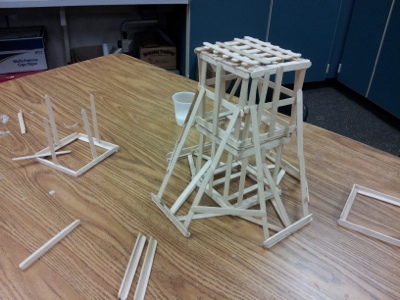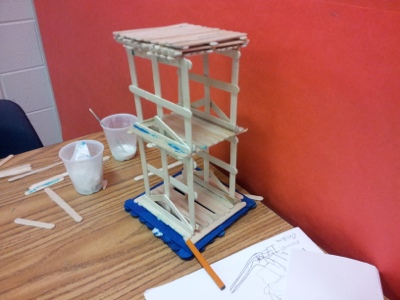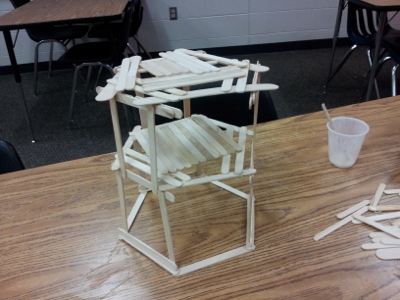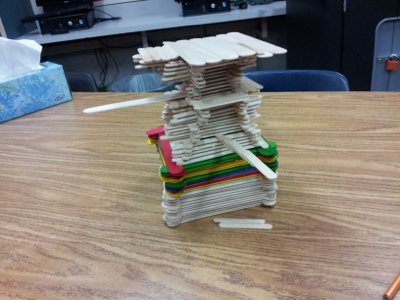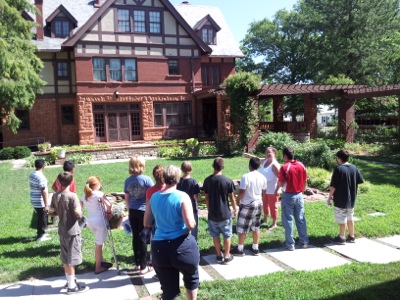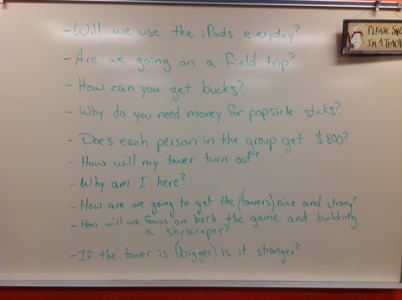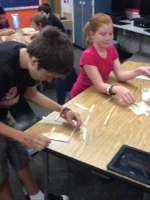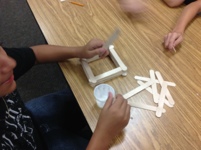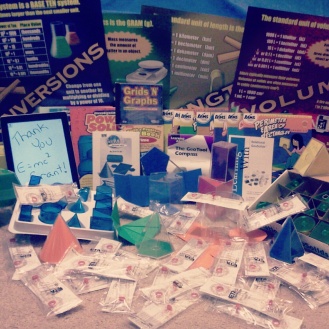
Mathematics manipulatives I received in a training this summer.
This morning I read an article from USA Today reporting that students say math is too easy in school. Well, I don’t doubt it. However, I want to talk about the “findings” in the story.
Among the findings:
•37% of fourth-graders say their math work is “often” or “always” too easy;
•57% of eighth-graders say their history work is “often” or “always” too easy;
•39% of 12th-graders say they rarely write about what they read in class.
If one looks at the four “core classes” for students as Mathematics, English/Reading, History, and Science, along with 13 grade levels (Kindergarten to 12), then there are a total of 52 classes. The paper reported on 3 of them. I’m going to mainly look at the first one mentioned.
About 1/3 of 4th grade students are saying math is easy. That makes sense.
I taught 4th grade for two years. I had a class of about 20-25 students both years. I was responsible for teaching all of them mathematics (as well as all other subjects). I also had to make sure that students passed “THE TEST” in the spring. So what’s a good way of teaching all the students and making sure they pass? Teach what’s on the test.
Is that what I did? NO! But I feel there are many teachers that do.
When a teacher is forced to make sure that students are passing the test, then the easiest thing to do when teaching elementary school is to just teach the requirements. Some students are advanced and need to be challenged more than others. It’s difficult to reach all your students individual needs, so just teaching to the test is easy. Who cares if we’re not challenging the higher level students, right? They pass the tests, that’s all the government seems to care about.
So how do we change this?
Well, when I was teaching 4th grade we didn’t give letter grades. Instead, we gave a ranking of 1-5.
1-working a grade level or more below
2-working a below grade level
3-working at grade level
4-working above grade level
5-working a grade level or more higher
Pretty clear cut, right? Well, in order to give a 5 for mathematics, we had to have proof that students were working above grade level. So after the 1st 9-week period, I would know who my higher level students were and talk with the parents about those students coming in before school to do some higher level work. Yes, before school, because during school I was working with students at and below grade level to make sure they understood the grade level content.
I had the students, I think about 7 or 8 each year (7 or 8 out of 20-25 would be about 1/3) come in and work on more challenging problems. I had them thinking above grade level. Then, during class, they would still do the same assignment as all students. When they finished, they would help other students or continue to work on the more challenging work we were doing before school.
Where did I get this idea?
When I was in 5th grade I was working quicker than others on my math work. Yes, I was one of those who found math to be easy. So my teacher, Mr. Les Groves, had me, and a few others, work at our own pace. We worked through the book on our own during the math period. If we had difficulties, then we would wait for him to finish teaching to the rest of the class to ask our questions. If I remember correctly, there were about 6 of us in the class of 28. (a little less than 1/3)
So what am I getting at?
Well, I completely agree with the first statistic talking about 1/3 of 4th grade students not feeling challenged. The government has “THE TEST” and it’s results pounded in our minds as teachers. The government has put strict rules and punishments on us for if we don’t pass. So what do we do?
Teachers teach to the test and end up leaving the higher students behind. It’s much easier to teach to what is required then to teach to what is needed. This needs to be changed!
Are the new Common Core Standards the answer? I don’t know. They could be . . . . . if teachers teach using the standards and challenge students. However, if “THE TEST” is still the way we’re going to be judged, then I don’t think they are the answer.
What do you think? Will the Common Core make a difference? Do we need to change how math is taught in schools to make it more challenging?

